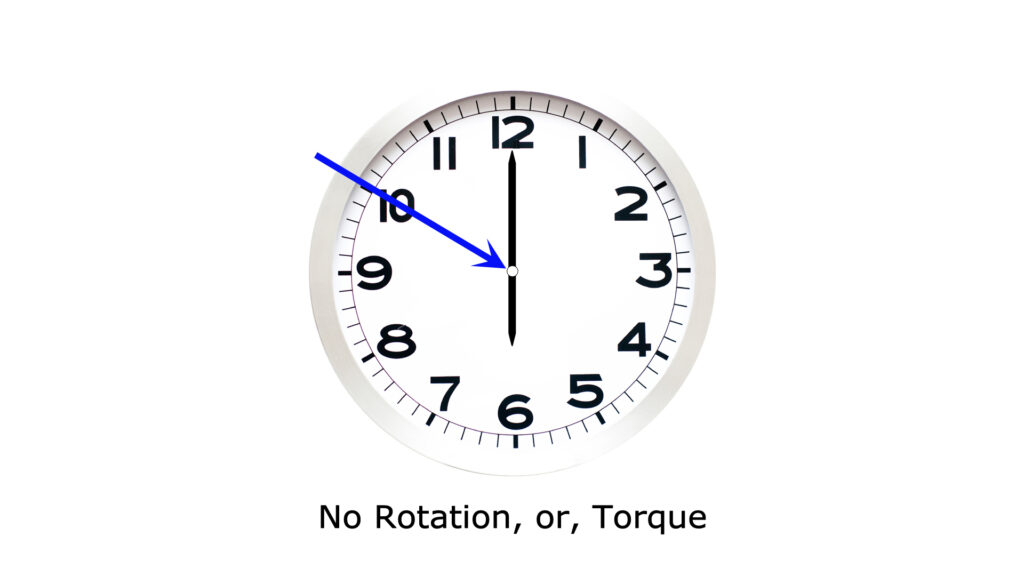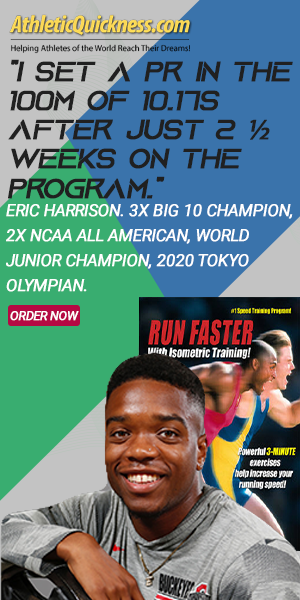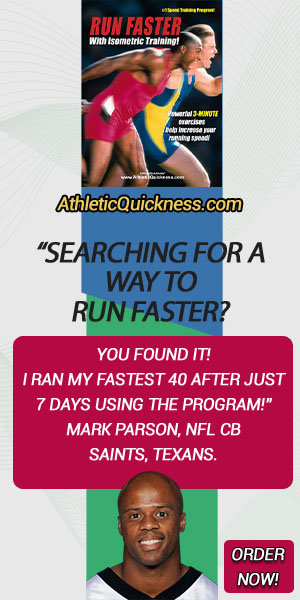A Quick Review of Session #1
In Session #1 I showed you the most popular speed training exercises athletes routinely told me they did to help themselves get faster and after going through this list we saw where the glutes/hams, quads and calves were the primary muscles being targeted. See Figure 1.
 Figure 2-1. Speed Training Exercises
Figure 2-1. Speed Training ExercisesAnd as expected, the feedback I’ve gotten is the same as it’s always been, in that athletes are spending upwards of 80% or more of their time training to make these muscles, stronger.
I then showed you where on the body they were located (See Figure 2)

and told you the purpose of these muscles was to “push the body forward”. (See Figure 3)

I told you this because it just so happens to be the most popular answer I get when I ask people to tell me what they think these muscles do, and I am quite certain if I asked you what you thought they did, you’d tell me the same thing.
But I want you to know now, that, in reality, pushing the body forward is a very basic, description of what these muscles are really doing, not only when you run, but also when you walk and jog.
And I also want you to know that the reason I did this was because it wasn’t the right time back in that first session to elaborate more on the role of the glutes/hams, quads and calves since we already had enough to talk about. Plus, in order for you to fully appreciate the rotational force, or, torque these muscles produce that I spoke about earlier, it’s going to require a lot more time and effort on my part to explain which is why this video is being made.
So, that’ll do it for the quick review of session #1 and now, let’s get this one started.
Begin Session #2: Torque Production in the body and the ultimate Running Speed Equation
SLIDE: What is Torque?
Torque is defined as the ability of a force to cause rotation of an object around a central axis. For example, whether you are turning a wrench, steering a car, screwing in a light bulb, or, opening a jar, a rotational force, or, torque is required to successfully accomplish these tasks. Simply stated, we depend on our ability to produce it for one thing, or another, every day to get through life.
SLIDE: Two Directions Torque Can Travel
There are only two directions torque can travel, clockwise, or, counterclockwise. Clockwise torque is any force that causes and object to rotate in the same direction a working clock, travels. So, for example if we imagine applying a force to the minute hand way out here going this way, (See Figure 4)

Figure 2-4. Force causing Clockwise Torque
it will cause it to rotate around the central axis just like a clock would and that’s why we refer to its direction as clockwise, and abbreviate it as, CW.
Counterclockwise torque is any force that causes an object to rotate in the opposite direction a working clock, travels. So, for example if we imagine applying a force to the minute hand way out here, now going this way, (See Figure 5)

it will cause it to rotate around the central axis in the reverse direction as a normal clock would and that’s why we refer to its direction as counterclockwise, and abbreviate it as, CCW.
And, because this will become relevant here shortly, I want you to know that if we apply a force directly to the central axis itself, right here in the middle, then no rotation, or torque, will be produced. See Figure 6.







